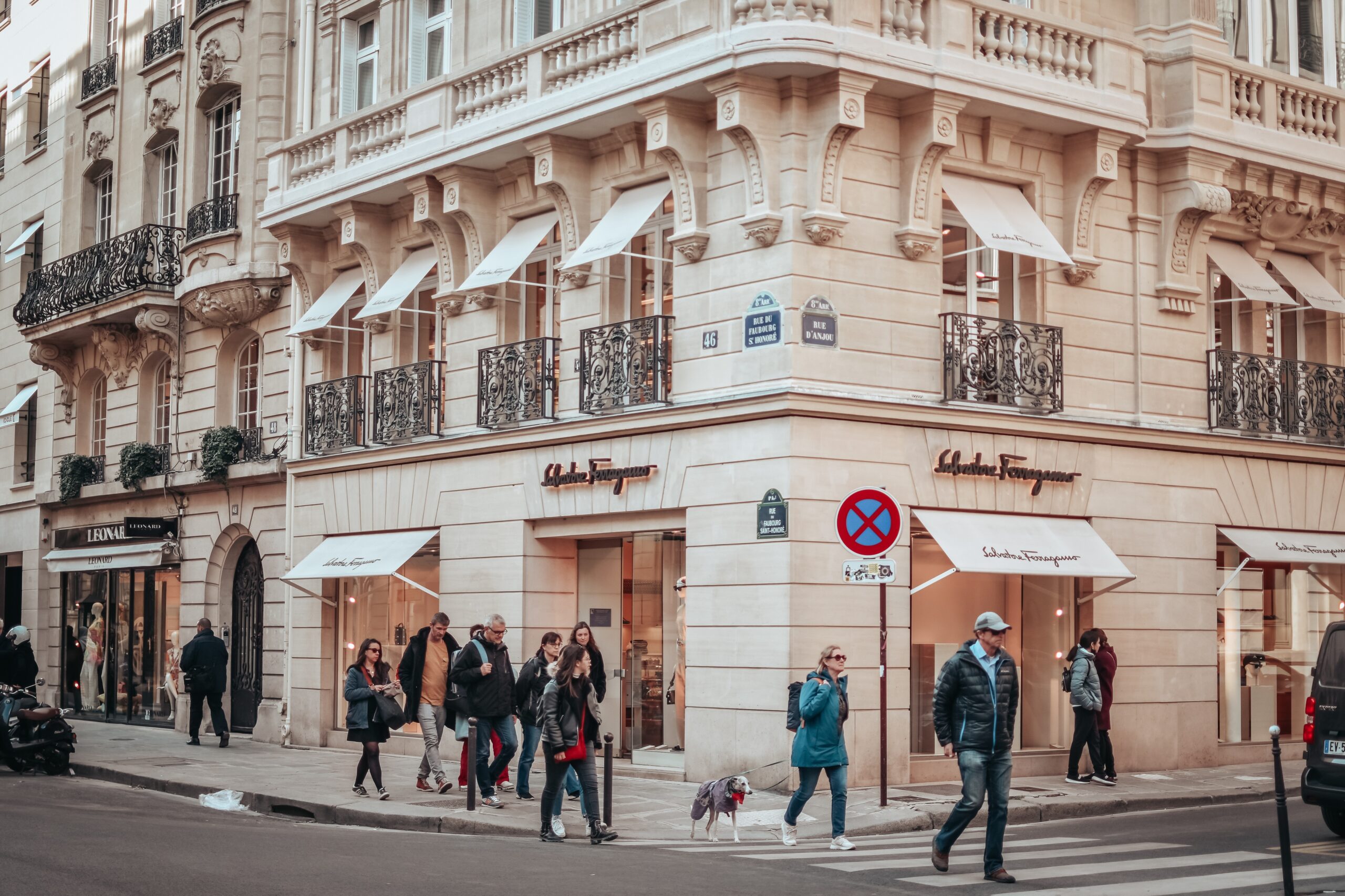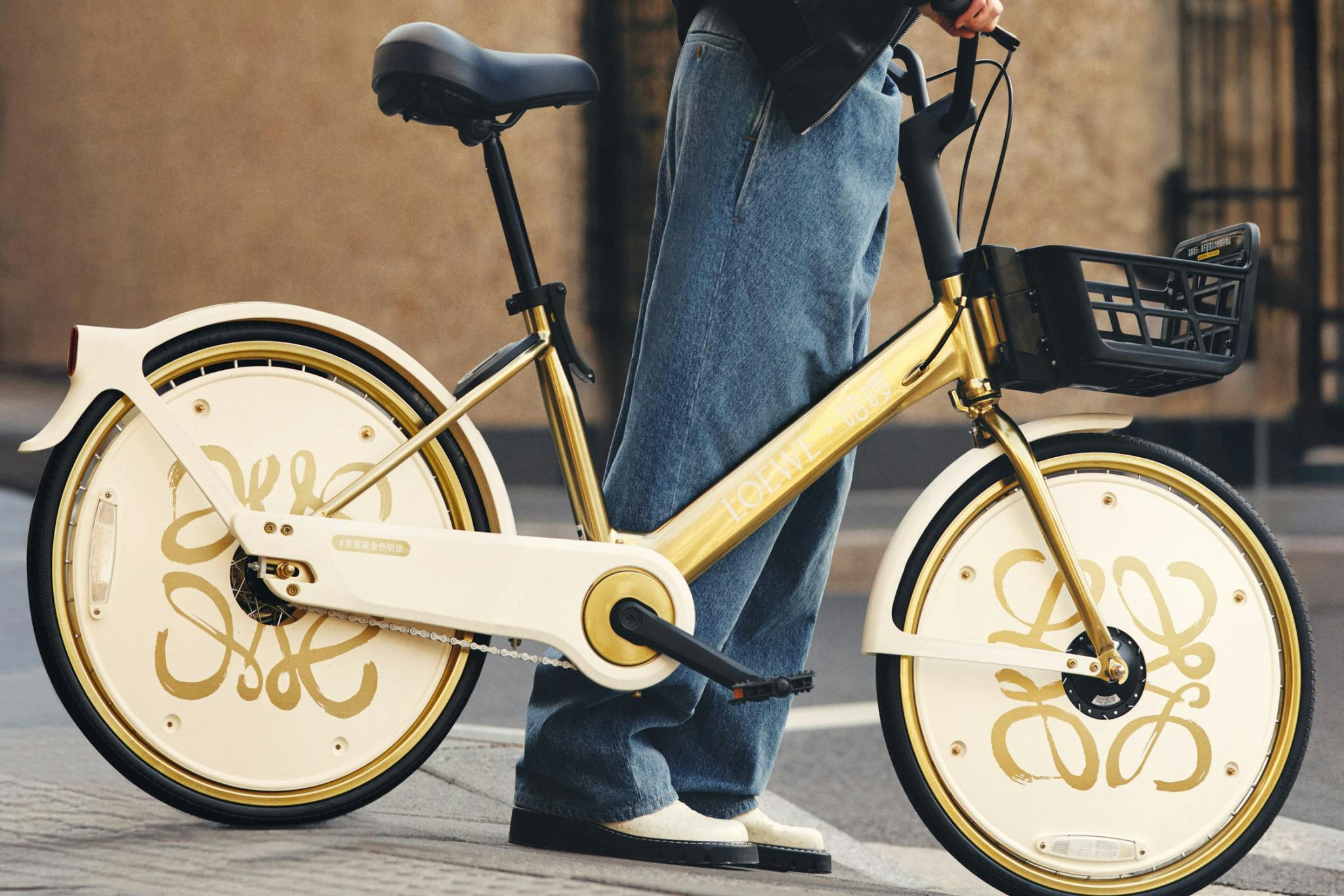Beyond Luxury: Applying High-End Thinking to Everyday Verticals
Too often, non-luxury brands misinterpret what premium truly means, mistaking the flash and hype of pop culture, TV, and social media for substance, when in reality, luxury is rooted in something much deeper.
Reframing Premium
The word premium often gets misunderstood, especially by industries outside the traditional luxury space. It’s frequently equated with higher prices, glossy aesthetics, or celebrity associations. But the premium mindset goes deeper. It’s all about intention, attention to detail, emotional resonance, and a commitment to elevating the experience at every touchpoint.
Where traditional models might focus on volume, speed, or cost-efficiency, a premium approach values quality over quantity, depth over scale, and lasting impact over fleeting attention. It asks not just what you’re offering, but how you’re offering it and why it matters to the person receiving it.
Most importantly, this mindset isn’t reserved for luxury fashion houses or boutique hotels. It’s a way of thinking that any industry, no matter how everyday or unglamorous, can adopt.
So what happens when a car repair shop thinks like a luxury brand? Or when a healthcare clinic or convenience store takes a design-first, experience-led approach? It’s not just a shift in service. It’s a redefinition of value. And it’s already happening.
What Is the Premium Mindset, Really?
The premium mindset is a quiet kind of power. It does not shout or rush. Instead it creates resonance. It’s a way of operating and a philosophy that threads through everything from product development and customer service to design, storytelling, and even internal culture.
At its core, the premium mindset centers on:
- Intentionality: Every decision is made with care. Nothing is random or purely functional and everything contributes to the overall feeling.
- Elevated Experiences: From digital touchpoints to in-person interactions, the experience is curated to feel thoughtful, effortless, and human.
- Emotional Connection: Premium brands speak to identity, values, and aspiration. They don’t just solve problems, they make people feel something.
- Craftsmanship and Detail: Whether it’s a product, service, or moment, quality is visible and visceral. The small things matter and they’re never overlooked.
- Long-Term Loyalty: This approach builds deeper, more sustainable relationships with customers. It’s not about the quick win, it’s about trust, resonance, and return.
Crucially, to be premium is to be considered. And that’s a lens any brand (luxury or not) can apply.
Why It Matters, Even in Non-Luxury Sectors
Customers are more design-literate and brand experience savvy than ever before. They’re choosing products and services based on how they want to feel.
Even in industries traditionally considered unsexy or utilitarian, people crave care and beauty. They’re looking for:
- Small moments of joy in the mundane
- Thoughtful experiences that respect their time and energy
- Brands that feel human, not robotic
A premium mindset changes how people experience your brand and how you show up in their lives.
Here’s how this practical mindset plays out in unexpected places in everyday verticals:
Retail / Convenience
- Thoughtful packaging, scent branding, or curated product journeys.
- Example: a neighborhood grocery store that treats its seasonal displays like a gallery installation.
Healthcare / Wellness
- More attention to space design, check-in experience, and educational resources.
- Example: a dental office that feels more like a spa than a clinic.
Hospitality / Services
- Shift from transactional to transformational.
- Example: a car wash that offers an artisanal coffee bar and sensory-rich waiting area.
Education / Online Learning
- Design-led platforms, bespoke learning paths, narrative-based engagement.
- Example: online courses that feel like lifestyle brands (think MasterClass meets a boutique atelier).
Real Estate / Construction
- Experience-led walkthroughs, scent layering, storytelling tied to location and lifestyle.
- Example: an affordable housing developer who builds with intentional aesthetics and community-first amenities.
5 Tips for Infusing a Premium Mindset
- Audit every customer touchpoint. What does it look, feel, smell, and sound like? Could it be more sensory, more emotional?
- Obsess over language. Copy is design. How your brand speaks is a direct reflection of how it makes people feel.
- Design with emotion in mind. Ask: what’s the moment of awe or ease here? What will they remember?
- Invest in the invisible. Background music, onboarding flows, customer service scripts: basically all the things people don’t see, but always feel.
- Lead with empathy. Premium gives respect. Respect your audience’s time, attention, and values.
The most exciting shift in business today is about taste.
We’re entering a new era where considered experiences matter more than scale, and where brands of all sizes and types can build trust and devotion by thinking with a premium lens.
Excellence is the goal. And that’s a mindset anyone, from the local dog groomer to the startup SaaS platform, can adopt.
Building from scratch or elevating what already exists, a premium mindset can change your entire trajectory.

Almost there!
Be the first to know
about all the exciting news at Magnatist!
Thank you for leaving your email. We'll keep you updated!







